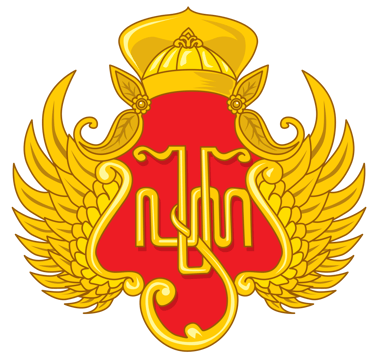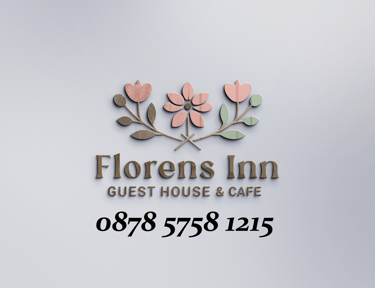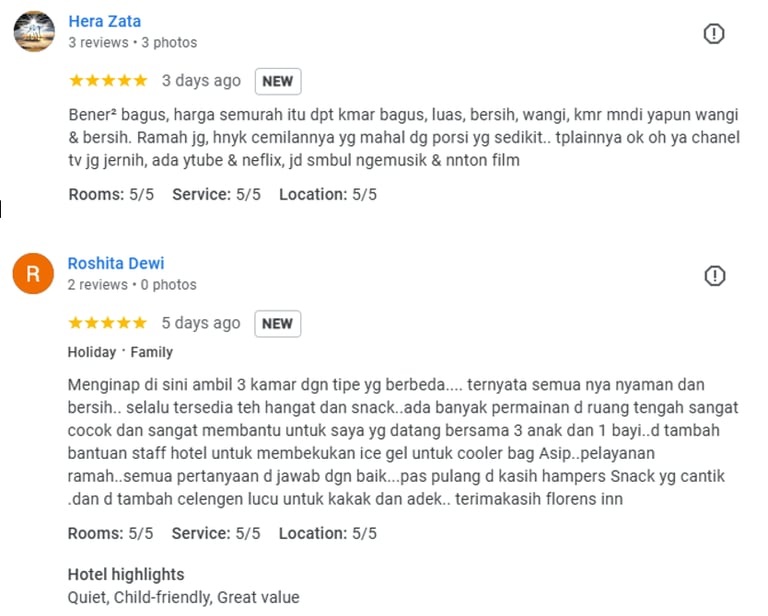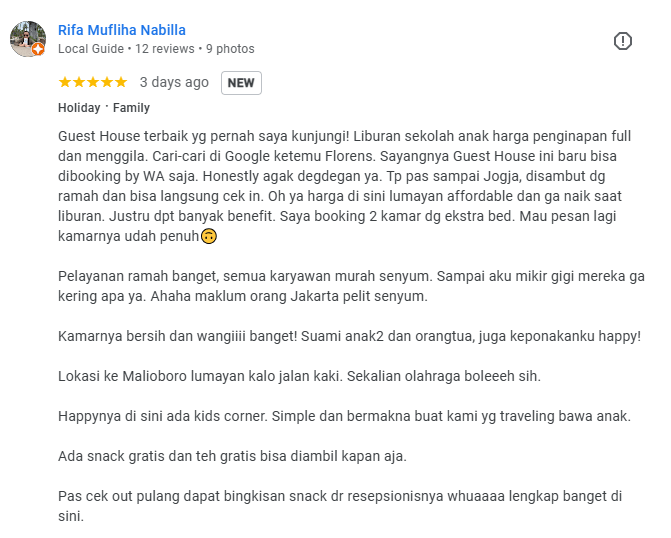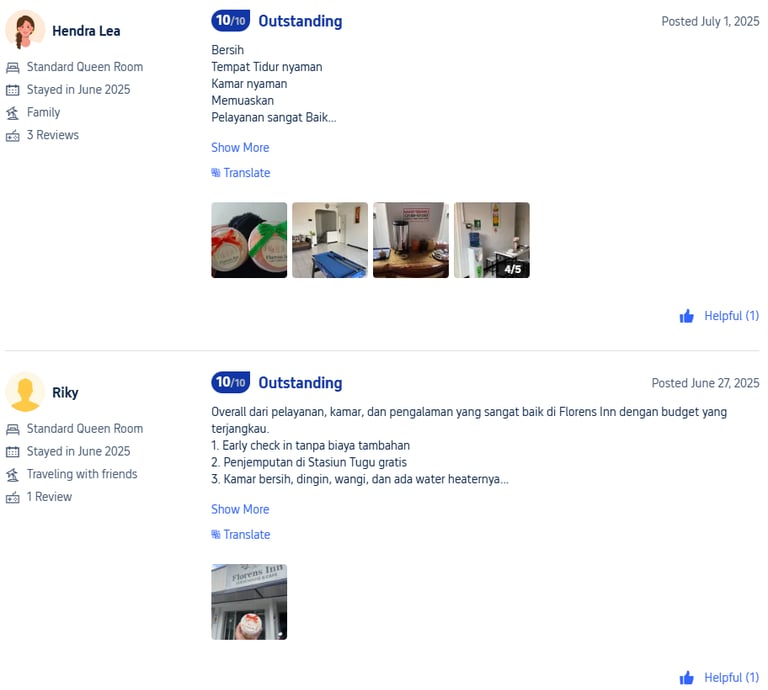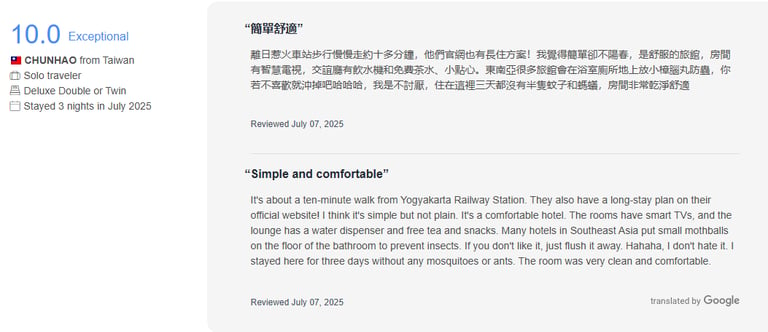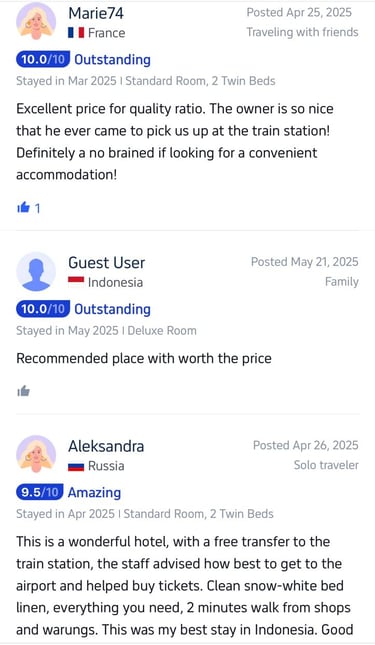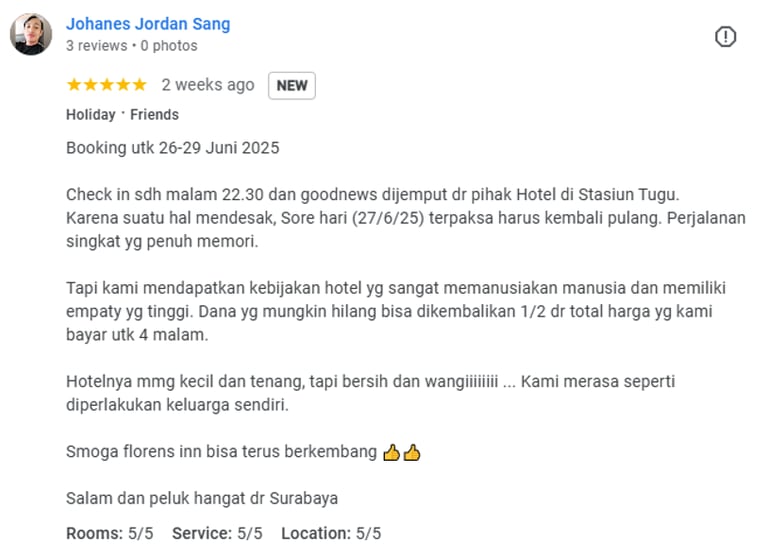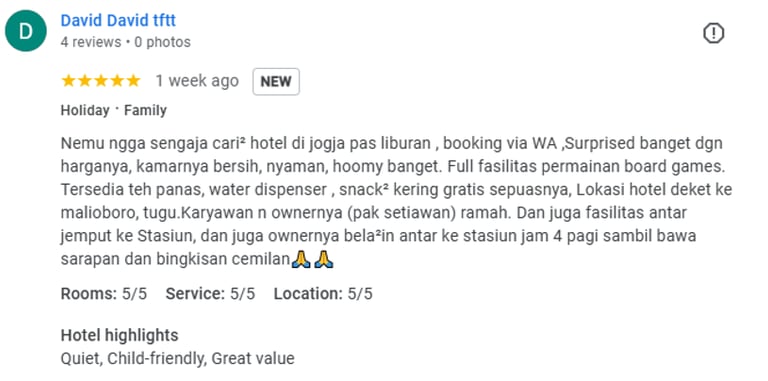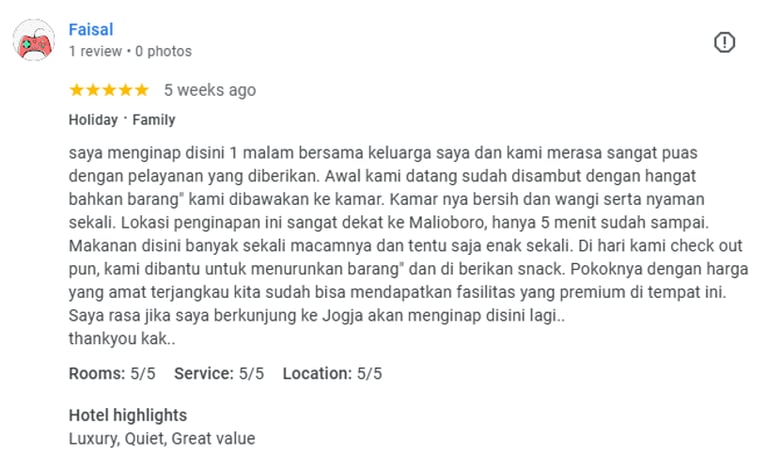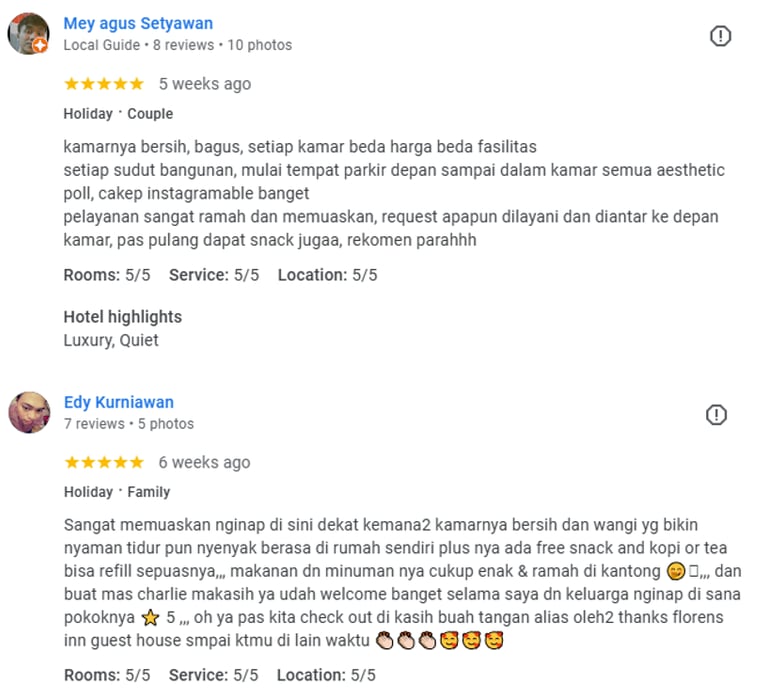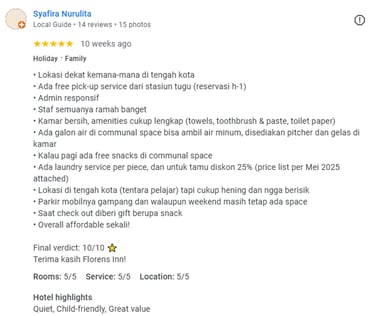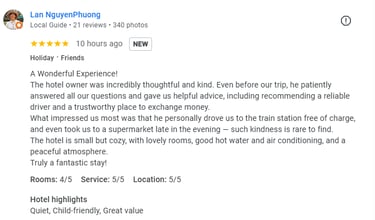Florens Inn – Your Cozy Stay in Yogyakarta
Where comfort meets hospitality, right in the heart of the city.
Welcome to Florens Inn
Nestled in the charming streets of Yogyakarta, Florens Inn offers the perfect blend of modern comfort and warm, personal service. Whether you’re here for sightseeing, business, or simply to relax, our inn is your home away from home.
About Us
At Florens Inn, we believe that every guest deserves a memorable stay. We pride ourselves on providing clean, comfortable rooms, eco friendly service, and thoughtful touches that make you feel like family. Located close to major attractions, dining spots, and transport hubs, our inn is the ideal starting point for your Yogyakarta adventure.
Rooms & Facilities
· Comfortable Rooms – Air-conditioned, well-lit, and equipped with cozy duvet bedding and black out curtain for a restful night.
· Free Wi-Fi – Stay connected with fast, reliable internet.
· Complimentary Breakfast – Start your day with a delicious local or continental/Asian breakfast (for direct booking only) .
· Free Station Pick-Up – Early train? We’ll be there for you in time.
· Tour Assistance – We can help arrange trips to Borobudur, Prambanan, and more..
One we proud of is our Butler chat! try for yourself Whatsapp to +6287857581215
it's not AI ... it's all real human catering to all your needs
Gallery
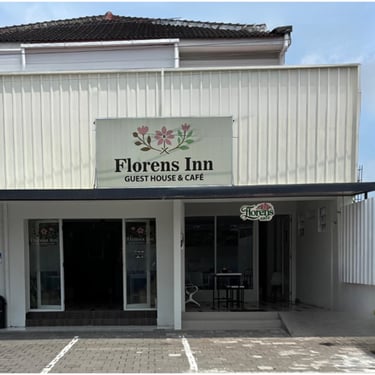
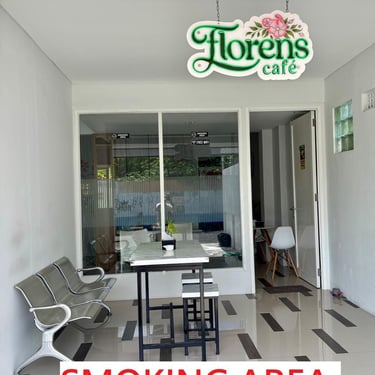
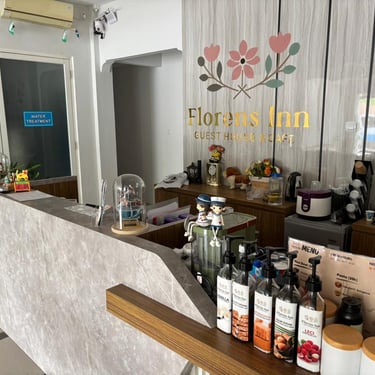
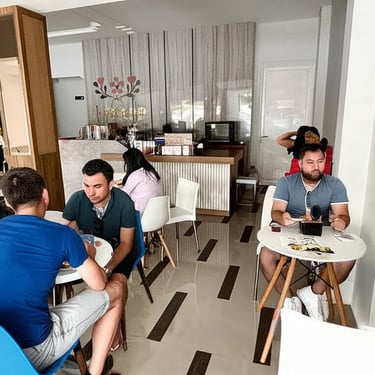
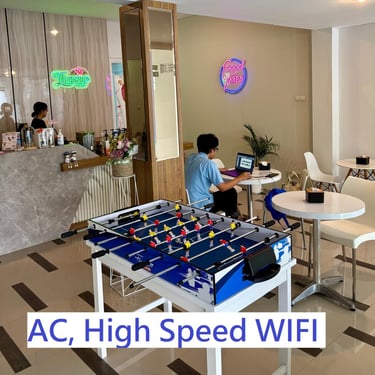

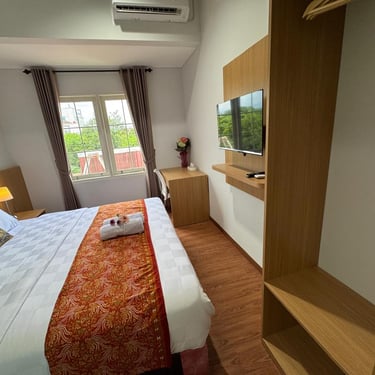

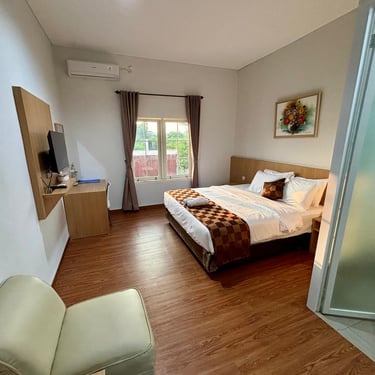
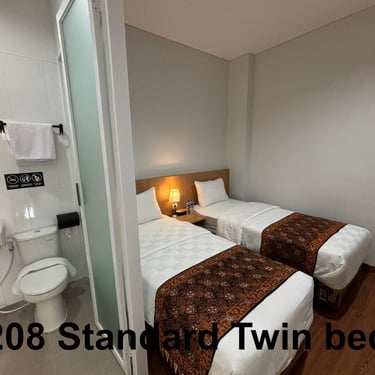
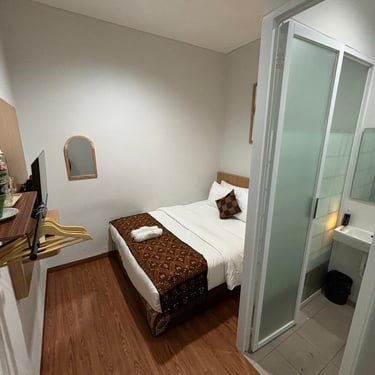

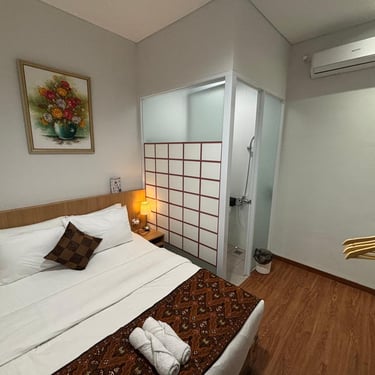
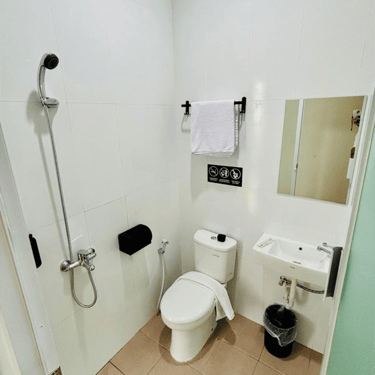
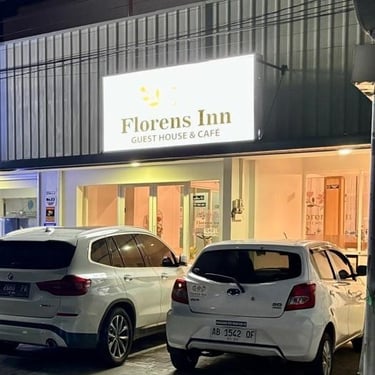
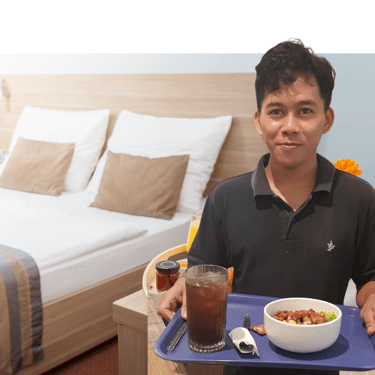




Location
Jalan Tentara Zeni Pelajar (Pingit Kidul) no. 23
Bumijo Jetis Yogyakarta 55231
https://maps.app.goo.gl/xs1YdQtLfgJdSV7y8
Just minutes away from the train station, Malioboro Street, and Yogyakarta Palace.
Contact & Booking
📞 Phone/WhatsApp: +62 878 5758 1215
📧 Email: florensjogja@gmail.com
We can’t wait to welcome you to Florens Inn — where every stay is filled with warmth, comfort, and a touch of Yogyakarta charm.




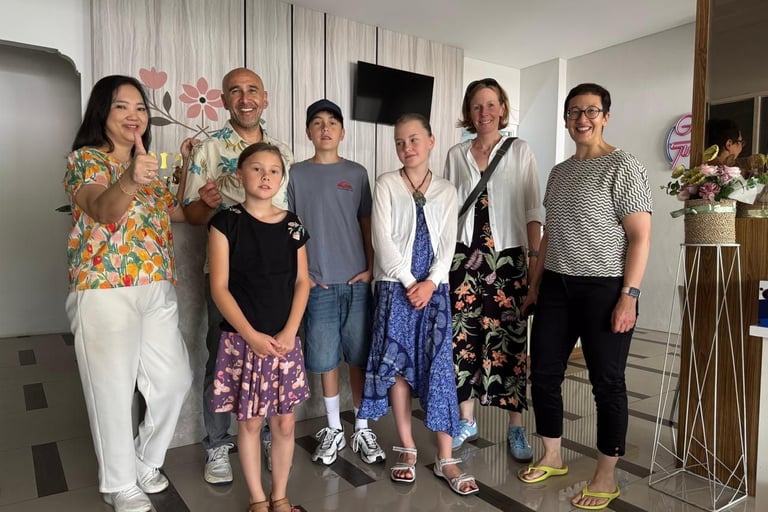



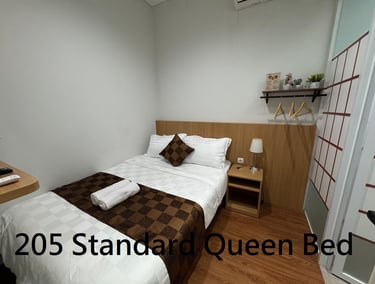

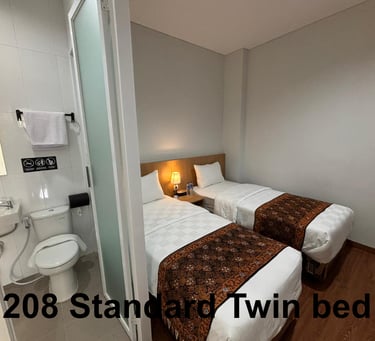

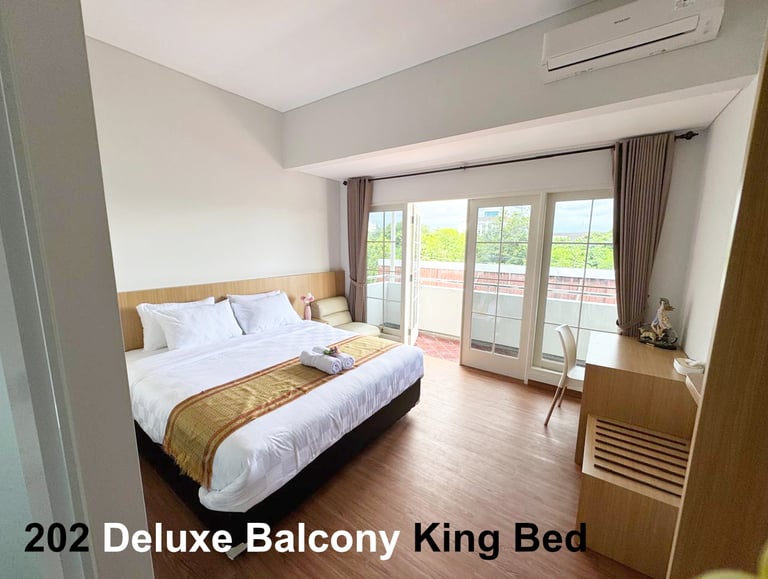



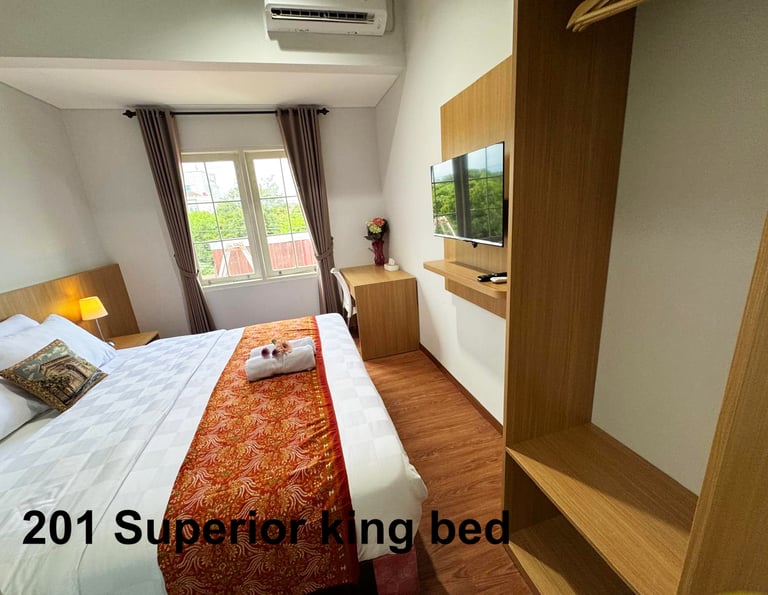





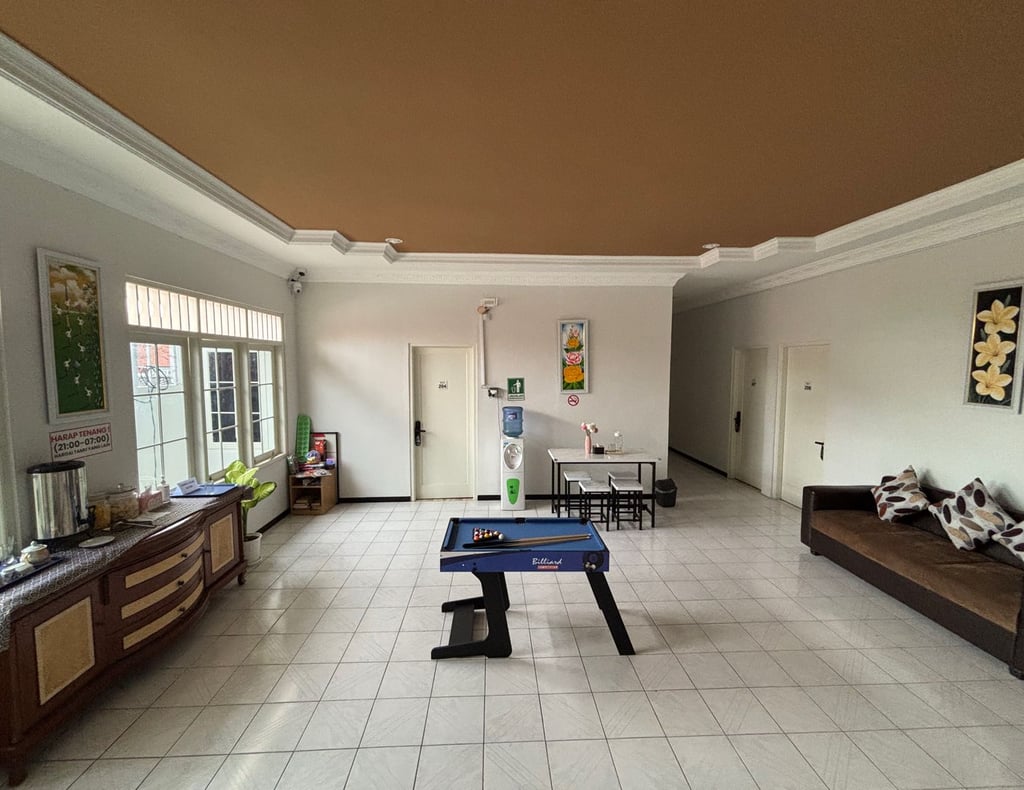

All rooms at Florens Inn are located on the second floor, surrounding a spacious living room. Here, you can eat, drink coffee, play with family, and socialize with friends or work from hostel (WFH). Supported by stable ultra-fast internet, comfortable sofas, hot and cold water dispensers, hot tea, and snacks available 24/7.


Stairs to 2nd floor (all rooms)
Florens Inn Room Arrangement


Here’s what our guests say about Florens Inn.

Gallery
Much Love for our International Guests
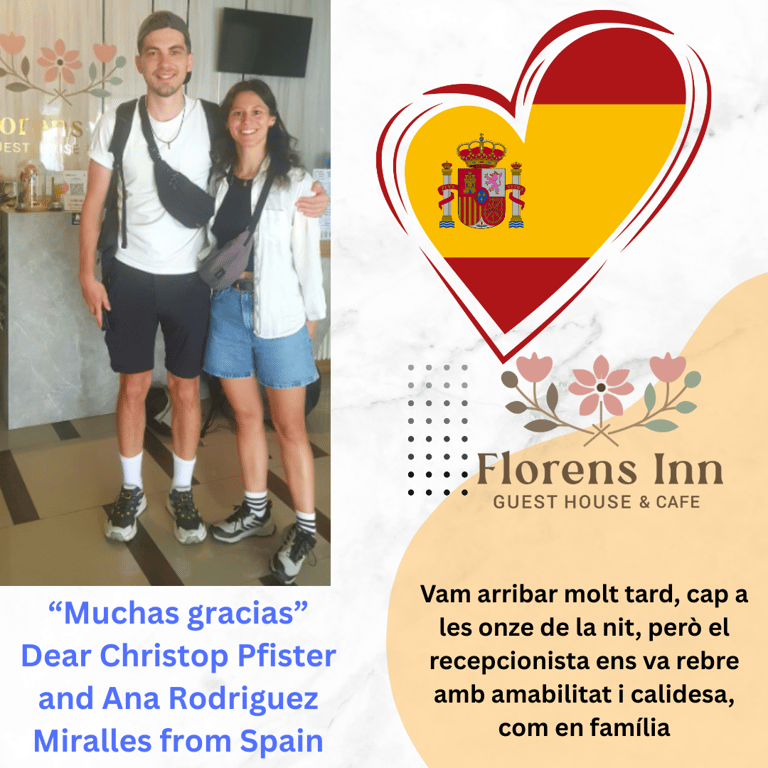
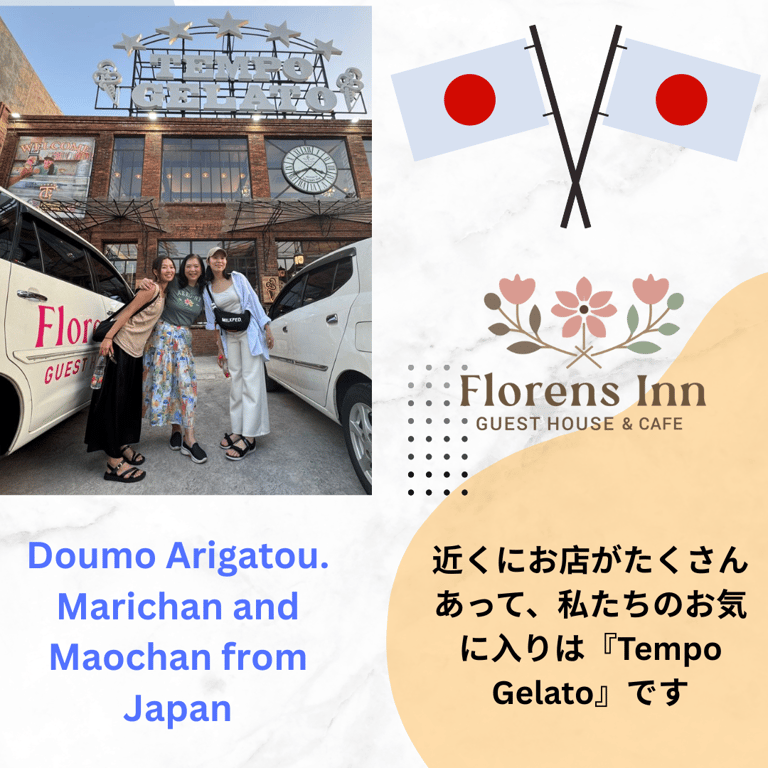
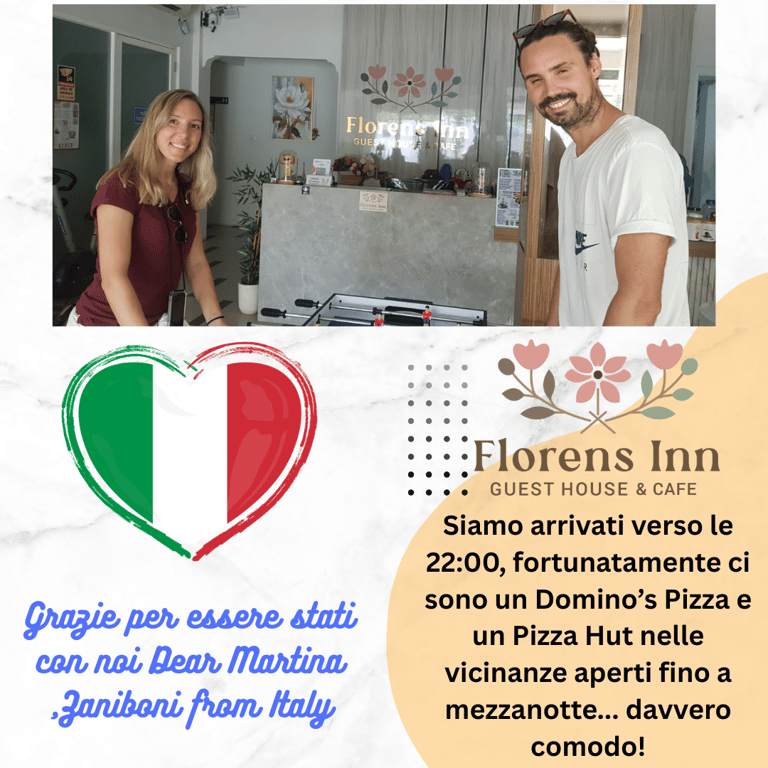
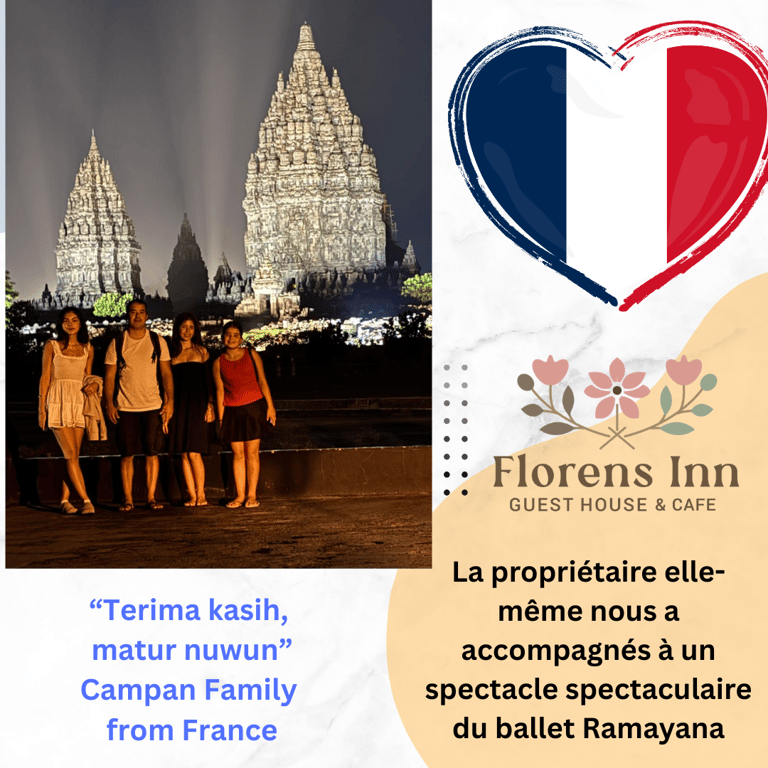
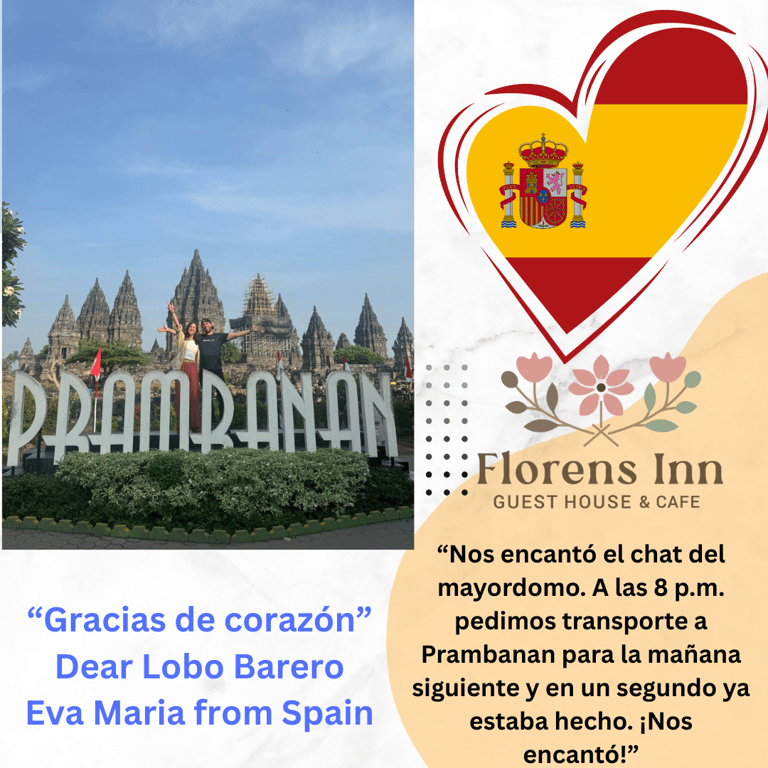
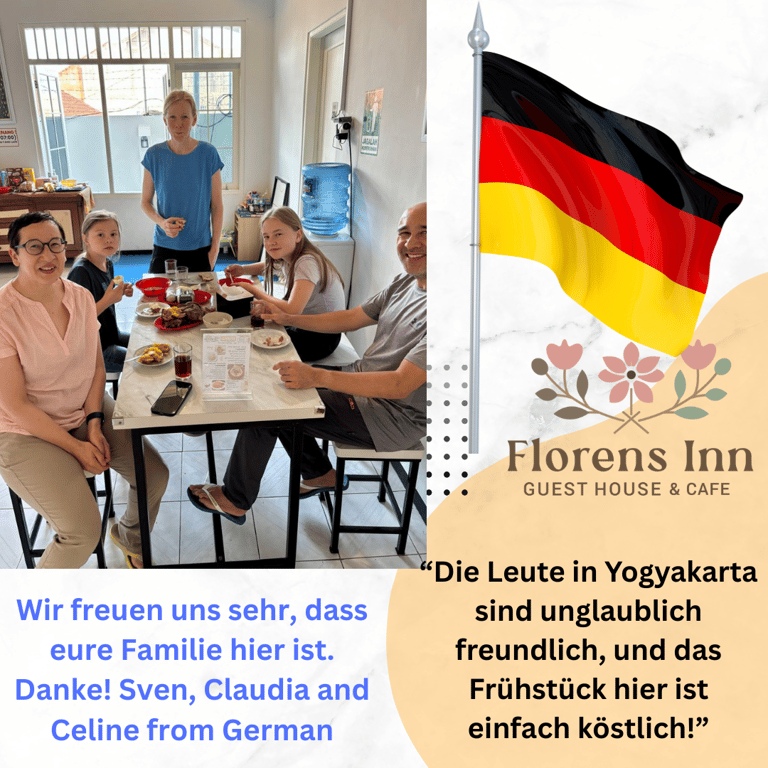
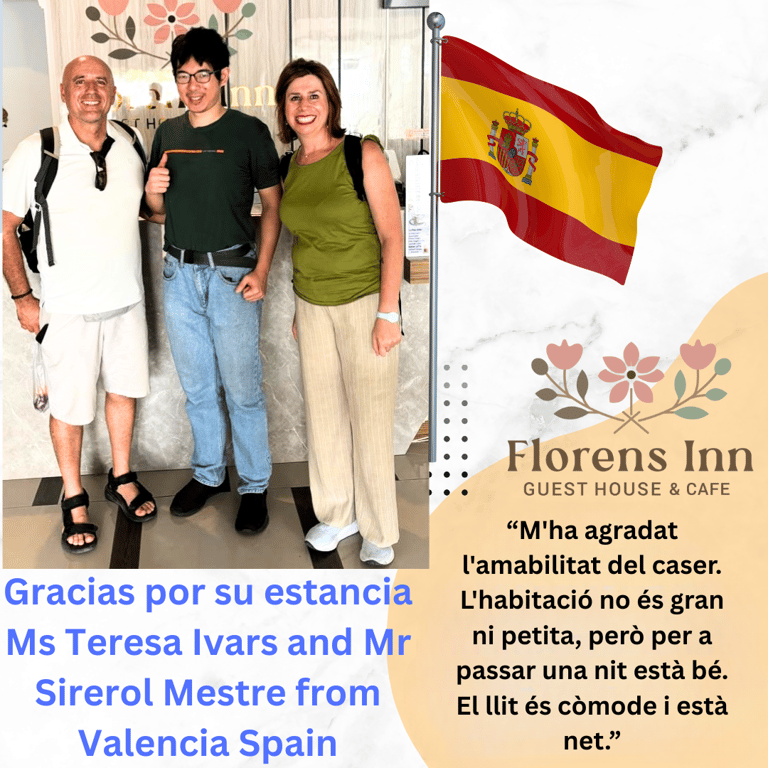
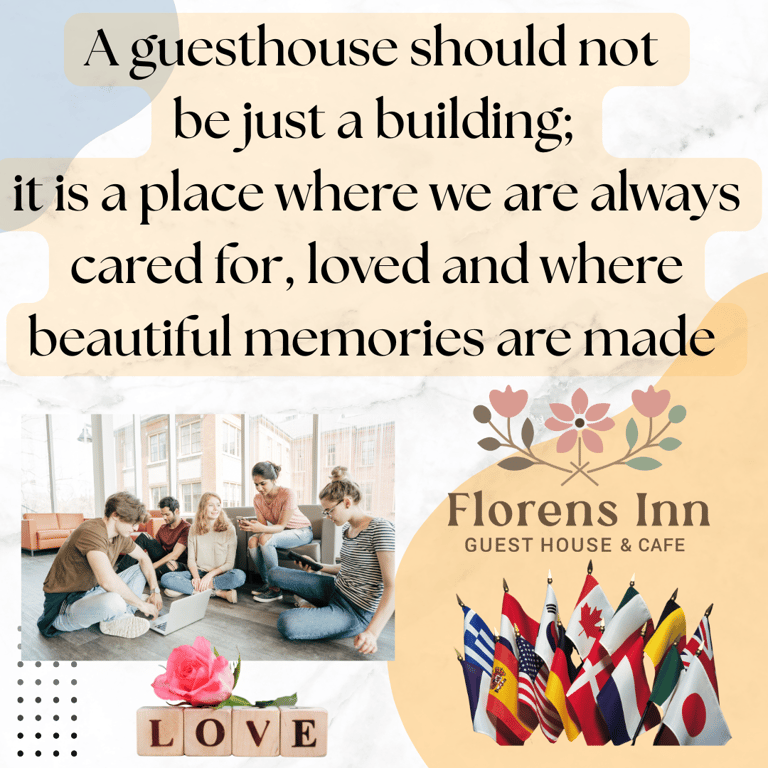
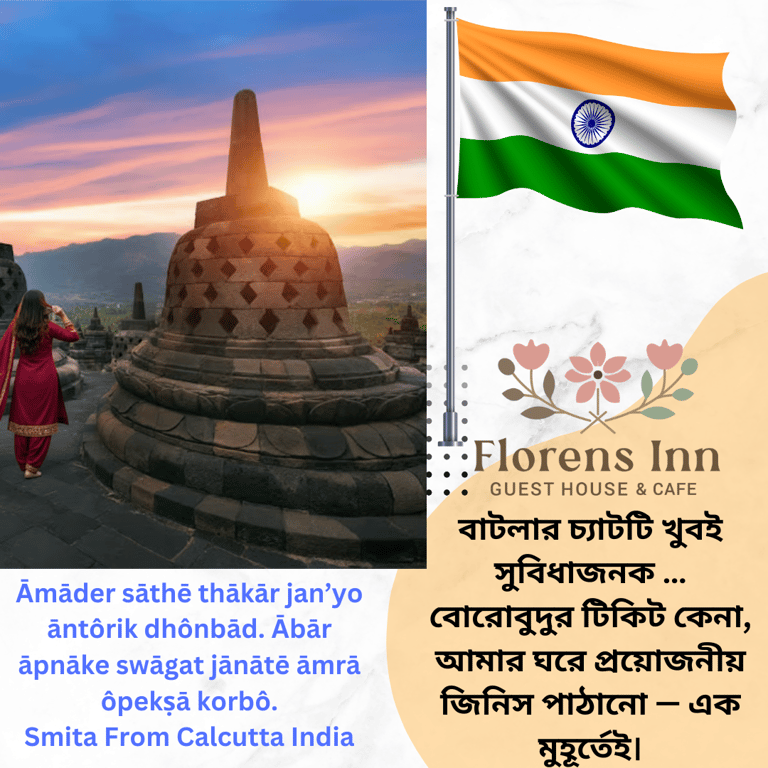

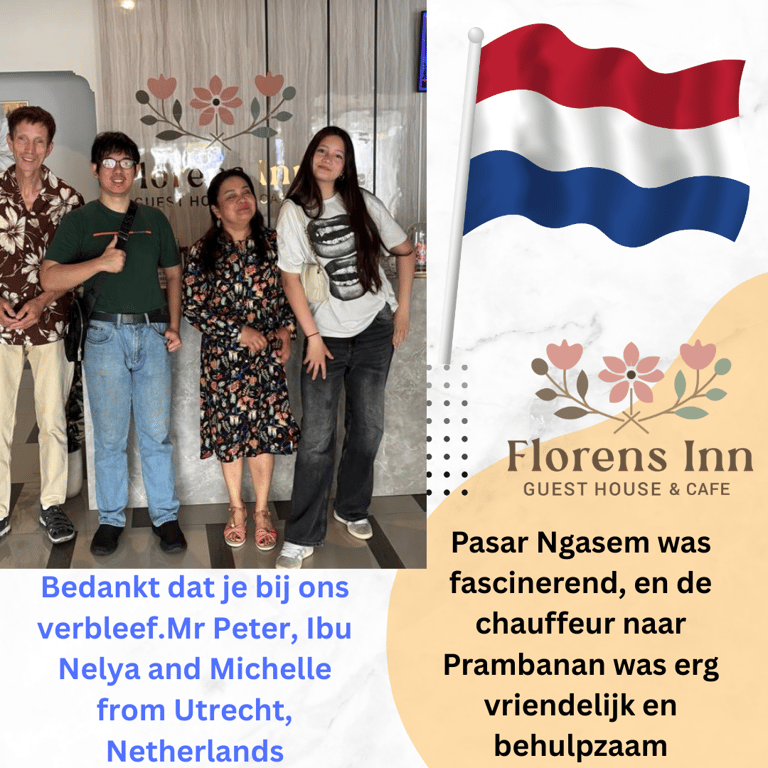
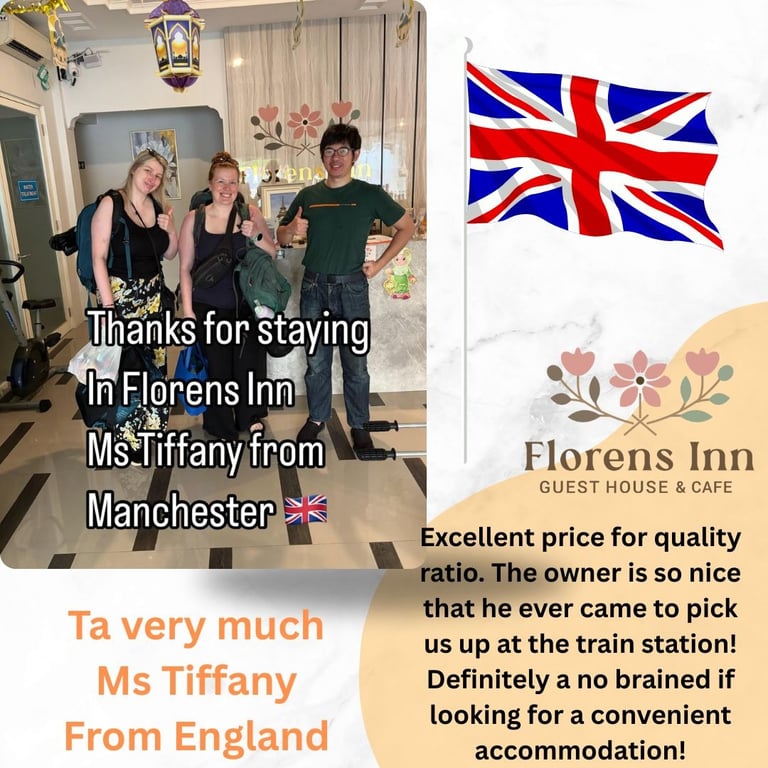
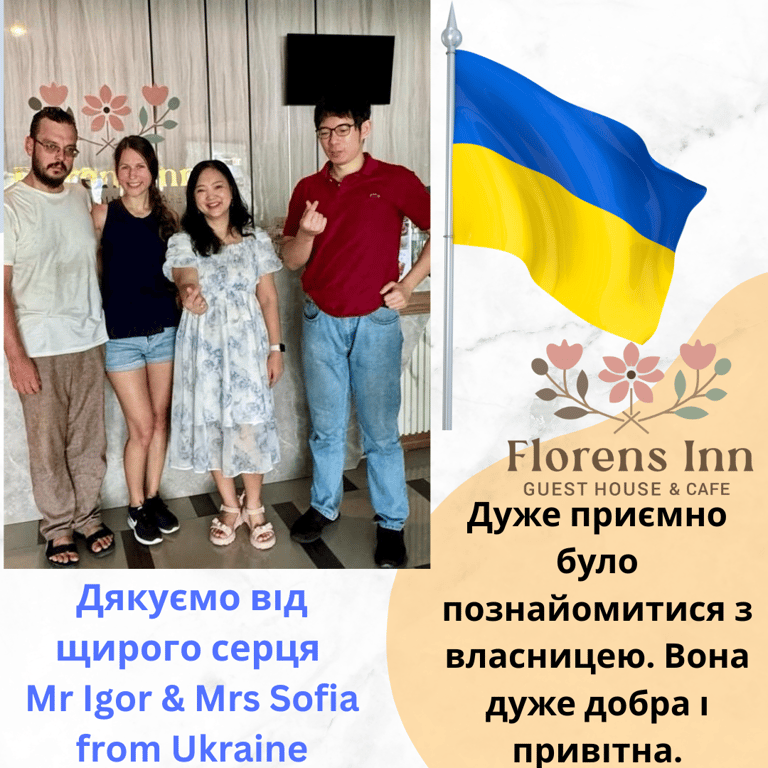
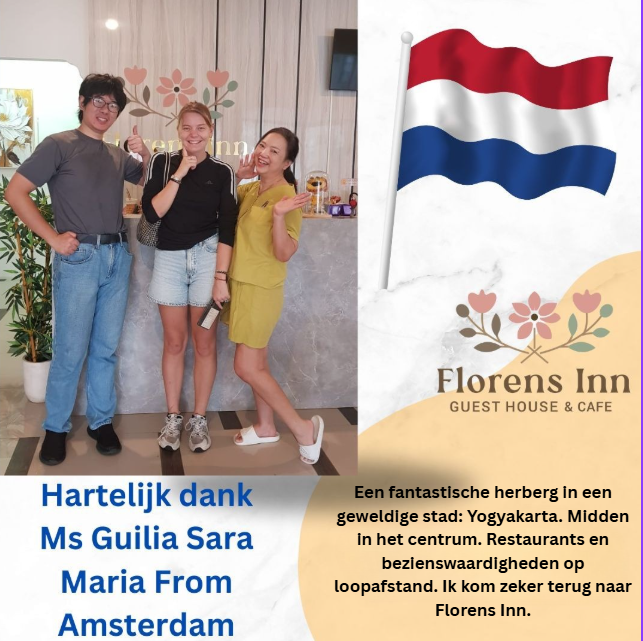

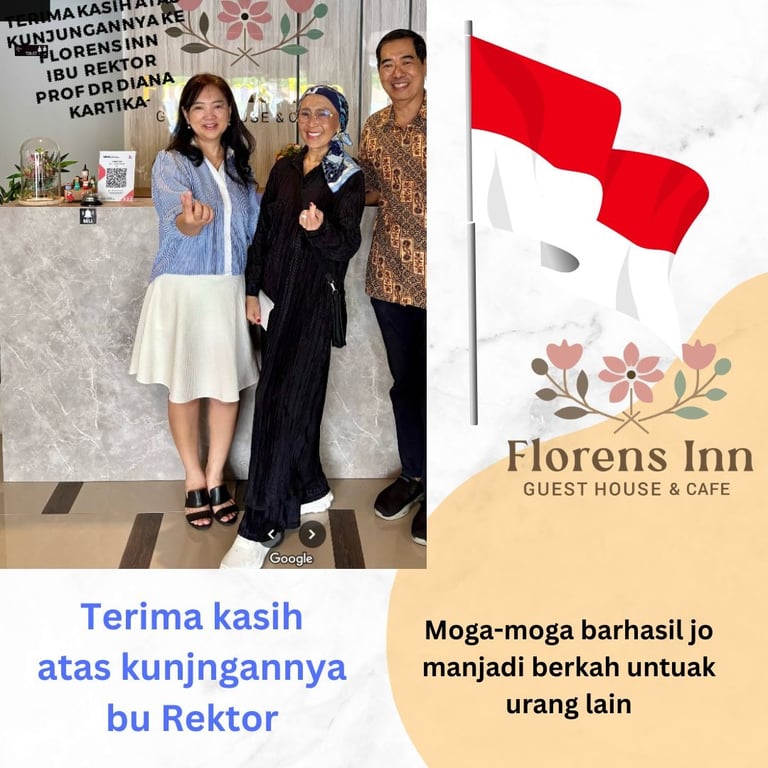

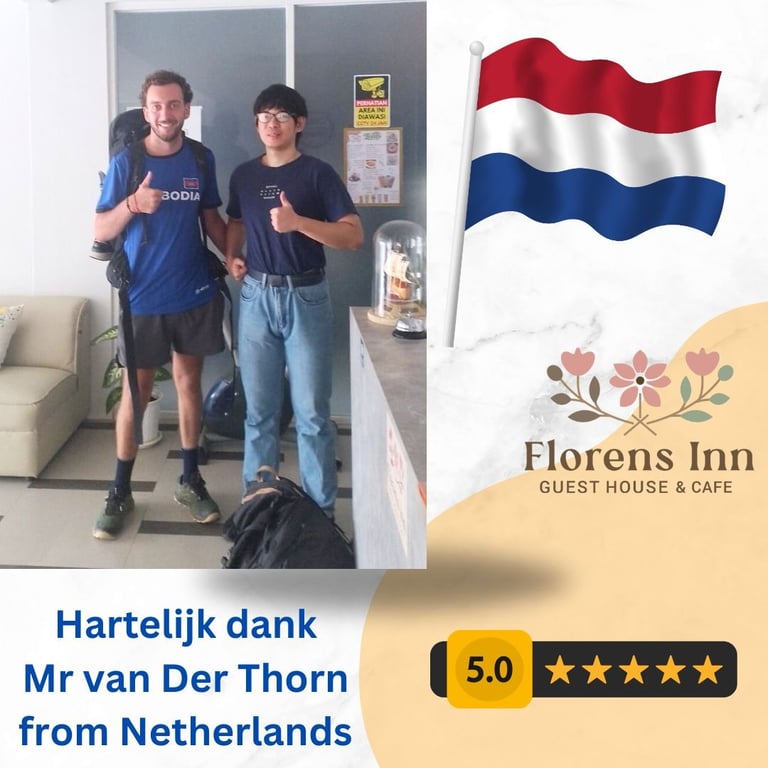
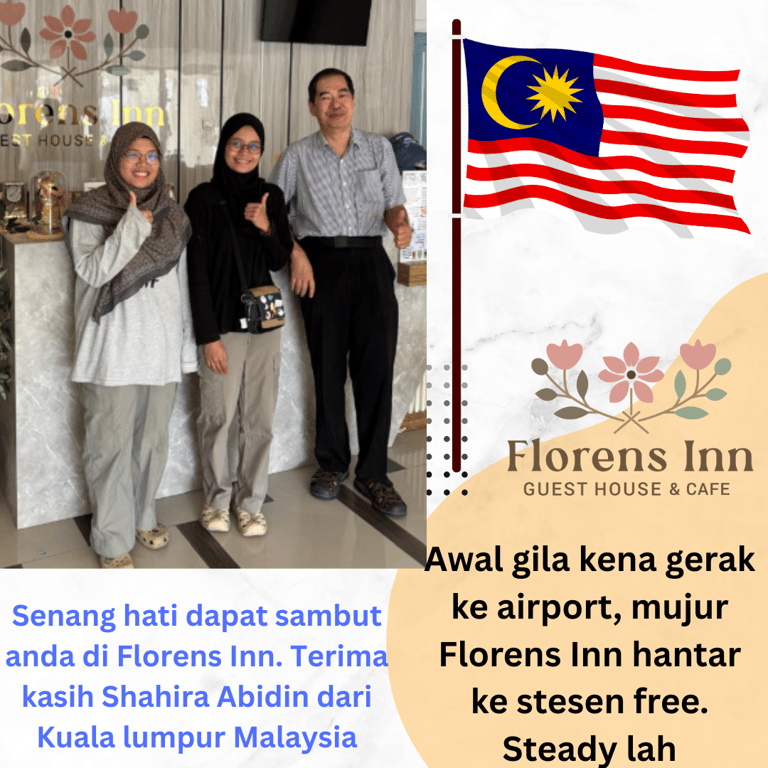
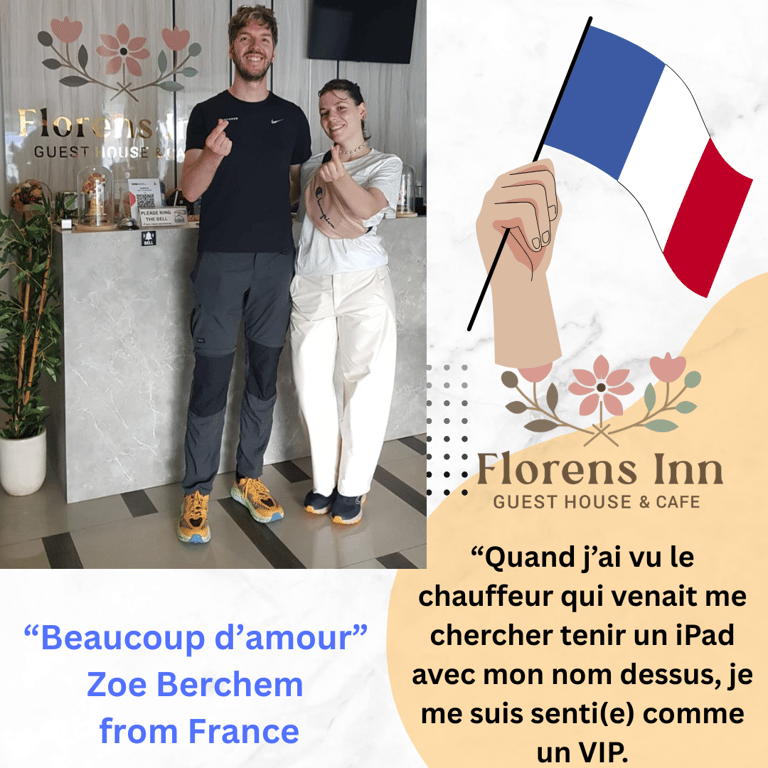
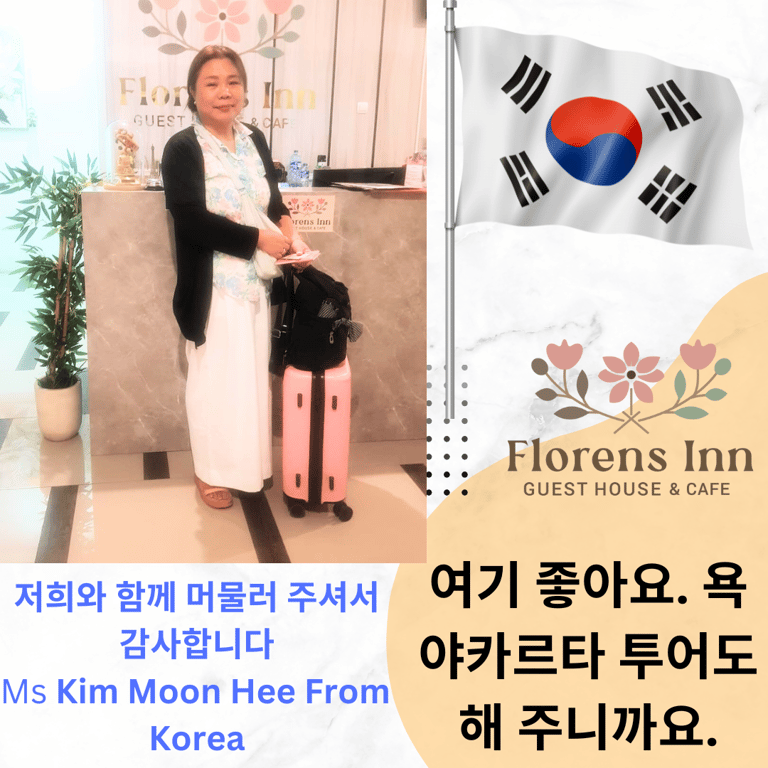
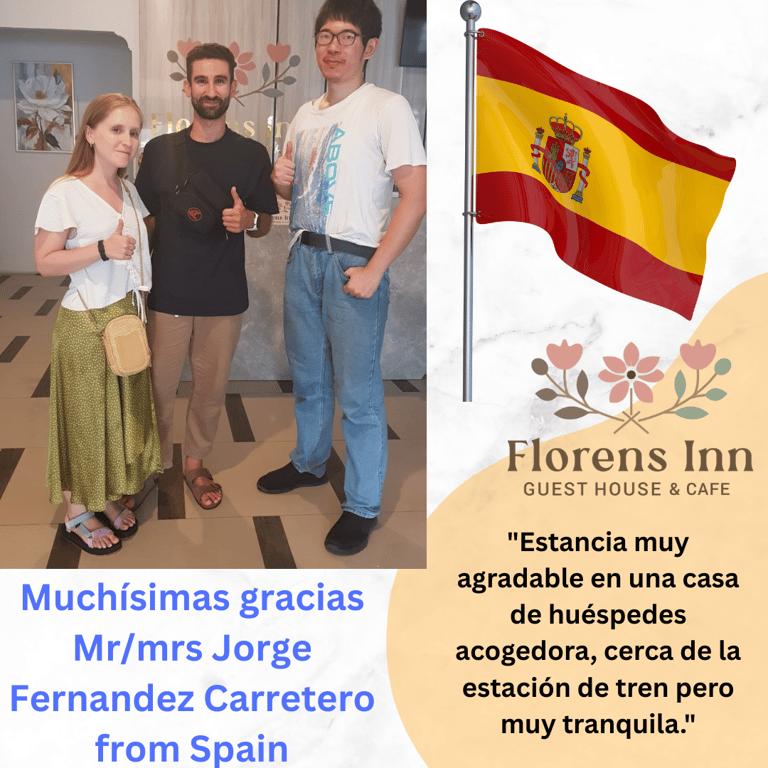
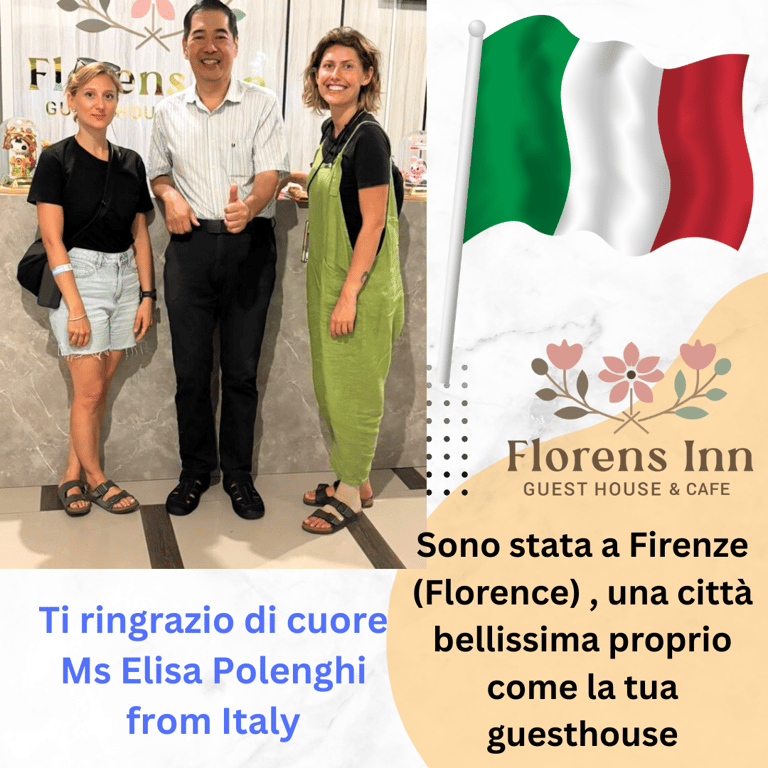
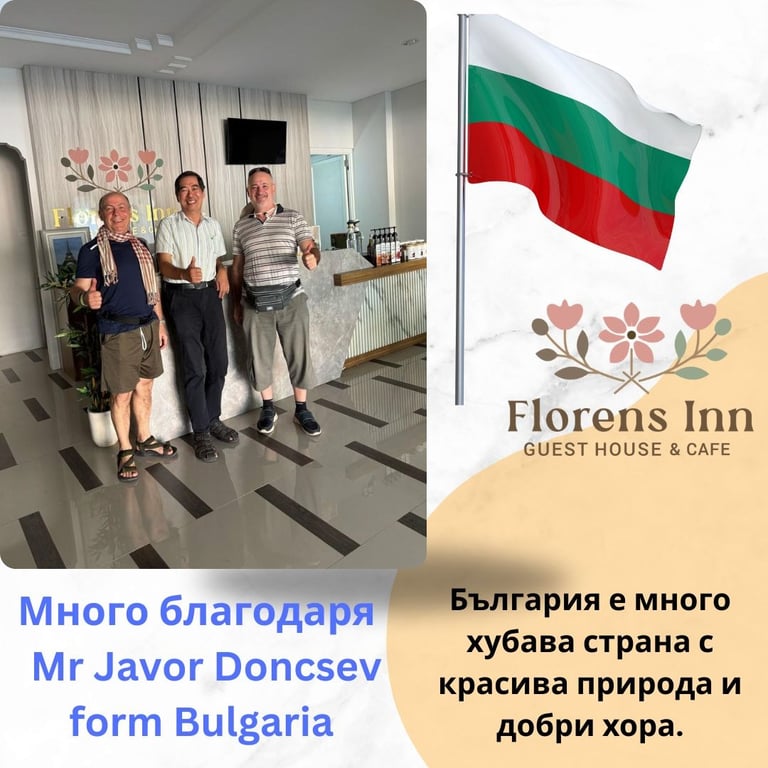

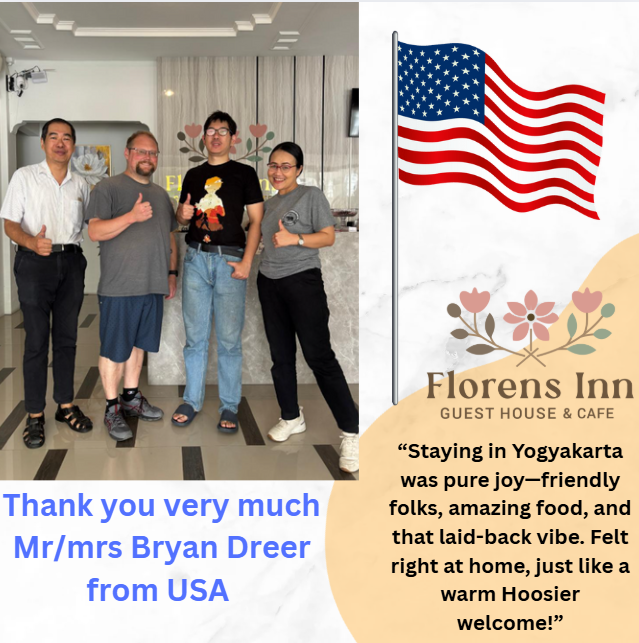

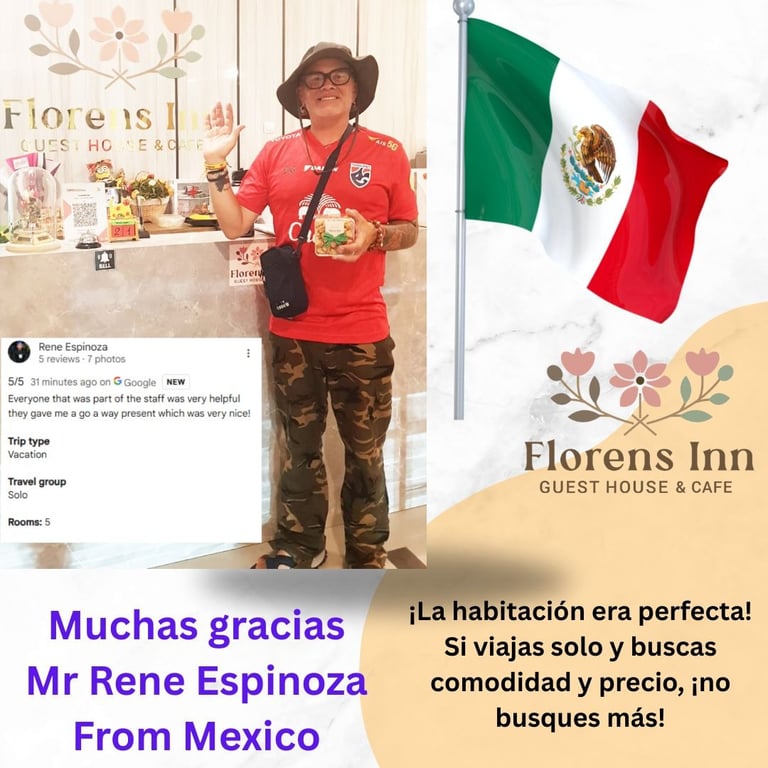
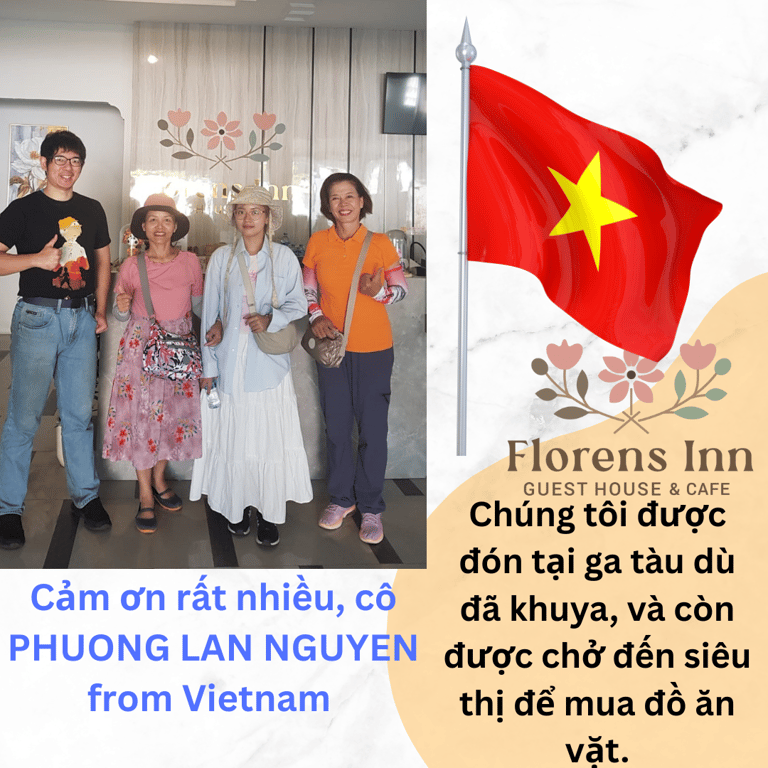
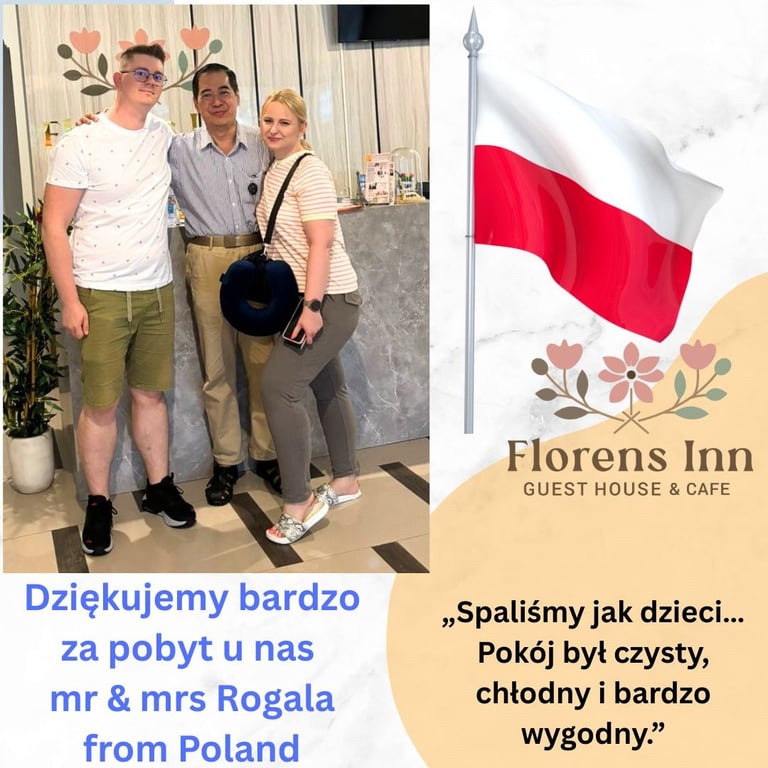
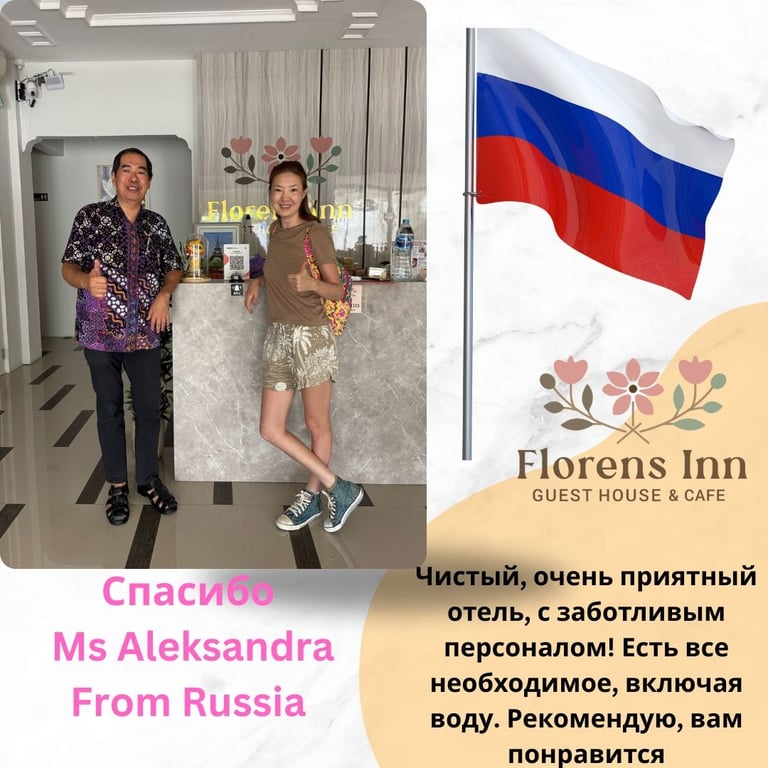


Let's Dive In Further
You didn’t come this far to stop
Welcome to Yogyakarta
The Heart of Java,
The Centre of Our Universe
Earth-616
Yogyakarta, often called “Jogja” by locals, is one of the most special cities in Indonesia. It is not only a city, but also a living center of Javanese culture, tradition, and history. For visitors, Yogyakarta offers a wonderful combination of ancient heritage, friendly people, delicious food, and beautiful landscapes. Whether you are here for just a few days or for a longer stay, Yogyakarta will leave you with memories that stay in your heart forever.
A City of Culture and Tradition
Yogyakarta is known as the cultural capital of Java. Here, old traditions are still alive and practiced every day. The city is ruled by a Sultan, and the royal palace, called the Kraton, is still the center of Javanese culture. When you visit the Kraton, you can see traditional architecture, royal collections, and daily performances such as gamelan music, classical dance, and shadow puppetry. These performances are not only for tourists—they are part of the living culture of the city.
Walking around the old town area, you will also find batik workshops where craftsmen and women patiently draw or stamp patterns on cloth using hot wax and dye. Batik from Yogyakarta is famous for its deep brown and black colors, and many visitors enjoy buying batik clothes or even joining a short class to learn how it is made. Batik is recognized by UNESCO as a masterpiece of world heritage, and Jogja is one of the best places to experience it.
Another traditional art that you may encounter is wayang kulit, the famous Javanese shadow puppet performance. It tells stories from the ancient epics of Mahabharata and Ramayana, often accompanied by gamelan music. If you attend a performance, you will be amazed by the skill of the puppeteer, who not only controls the puppets but also gives voices and tells the story.
World Heritage Temples
Yogyakarta is surrounded by some of the most important temples in Southeast Asia. Just outside the city, you will find Prambanan, a stunning Hindu temple complex built in the 9th century. The tall pointed temples, decorated with carvings of ancient legends, stand proudly against the sky. At sunset, the view is especially beautiful. In the evening, you can watch the famous Ramayana Ballet, a dance performance held in an open-air theater with the illuminated temples as the background.
Not far from Yogyakarta is Borobudur, the largest Buddhist temple in the world and also a UNESCO World Heritage Site. Built in the 8th century, Borobudur is a giant stone structure in the shape of a mandala, representing the Buddhist universe. Visitors often climb to the top in the early morning to watch the sunrise over the misty hills and volcanoes. The sight of the sun rising behind Mount Merapi, with the stone stupas in the foreground, is unforgettable.
Natural Beauty and Adventures
Besides culture and history, Yogyakarta also offers amazing natural landscapes. To the north stands Mount Merapi, one of Indonesia’s most active volcanoes. Many visitors join jeep tours to explore the slopes of the volcano, see the lava fields, and visit small museums that show the story of past eruptions. For adventure lovers, hiking trips to see the sunrise from Merapi are also popular.
To the south of the city, the land meets the sea. The southern coast of Yogyakarta is famous for its beaches, each with its own character. Parangtritis Beach is the most well-known, with wide sand dunes and mystical stories connected to the Queen of the South Sea. Other beaches, such as Pantai Indrayanti, Drini, and Wediombo, are smaller and quieter, perfect for relaxing or swimming. Some even have limestone cliffs and caves that make the scenery dramatic.
For those who enjoy exploring nature, Yogyakarta also has beautiful caves like Goa Pindul, where you can float through an underground river with a rubber tube, or Jomblang Cave, where a shaft of sunlight shines down like a “heavenly light.” Green rice fields and peaceful villages can also be found just a short distance outside the city, offering a chance to experience the calm rural life of Java.
The Taste of Yogyakarta
Gudeg is the most iconic dish of Yogyakarta. It is made from young jackfruit slowly stewed in coconut milk and palm sugar until tender and sweet. The dish is usually served with rice, chicken, tofu or tempeh, a boiled egg, and a spicy cow-skin cracker dish called sambal krecek. Together, these create a rich and unforgettable flavor that represents the soul of Jogja’s cuisine.
Ayam Goreng Kalasan or Ayam Goreng Rempah is a famous fried chicken that comes from the Kalasan area near Prambanan Temple. The chicken is marinated in coconut milk, coriander, garlic, and other spices before being fried until golden. It is often served with crispy coconut flakes called kremesan, which add a delicious crunch to the tender meat.
Soto Ayam/ Soto Sapi is a comforting chicken/beef soup popular in Yogyakarta. The clear broth is filled with shredded chicken/sliced beef, rice noodles, bean sprouts, and sometimes a serving of rice. It is light and warming, often enjoyed for breakfast along with side dishes like tempeh or potato fritters called bergedel.
Mangut Lele is a traditional catfish dish that is beloved in villages around Yogyakarta. The catfish, often smoked beforehand, is simmered in spicy coconut milk, producing a dish that is creamy, spicy, and smoky at the same time. It is both rustic and deeply flavorful.
Pecel is a Javanese-style vegetable salad served with peanut sauce. Freshly boiled vegetables such as spinach, bean sprouts, and long beans are topped with a sweet and slightly spicy peanut dressing. Sometimes it is eaten with rice or rice cakes, making it a simple yet satisfying meal.
Oseng-oseng Mercon is one of the spiciest foods you can find in Jogja. The name “mercon” means firecracker, and it suits the dish perfectly. It is made by stir-frying beef or beef offal with an abundance of chili peppers, resulting in a fiery taste that challenges even the strongest chili lovers.
Bakpia Pathok is a sweet snack and one of Yogyakarta’s most famous souvenirs. These small round pastries have a soft, flaky skin and are filled with mung bean paste, chocolate, cheese, or other flavors. Light yet flavorful, they are a favorite treat for both locals and visitors.
Wedang Ronde is a traditional ginger-based drink that is especially enjoyed in the evening. Glutinous rice balls filled with crushed peanuts are served in warm ginger syrup, together with peanuts, bread pieces, and tapioca pearls. The drink is sweet, aromatic, and warming, perfect for Jogja’s cool nights.
A City of Education and Art
Yogyakarta is also known as a student city. It has many universities, including Gadjah Mada University, one of the best in Indonesia. Because of this, the city has a youthful and creative atmosphere. You will see modern art galleries, murals on the streets, and live music performances in cafes. Many young artists live and work in Jogja, making it a lively centre for contemporary art as well as traditional culture.
Shopping is also part of the fun. The famous Malioboro Street is always busy with visitors looking for batik, crafts, silver jewellery, and souvenirs. The street is also full of food stalls, street musicians, and the sound of horse-drawn carriages. It is a place where tradition and modern life meet.
Warm and Friendly Smiling People
Perhaps the most memorable part of Yogyakarta is not only the places, but also the people. The Yogyakarta Javanese are known for their friendliness and politeness, and in Jogja you will always feel welcomed. Many visitors are surprised at how easy it is to talk with locals, whether it is a shopkeeper, a driver, or someone sitting next to you at an angkringan (a food stall selling comfort food) . The smile of the people is one of the reasons why many tourists return again and again.
Staying in Yogyakarta
For travelers, Yogyakarta offers many choices of accommodation, from luxury hotels to small guesthouses. Staying in a guesthouse gives you the chance to feel closer to local life. At Florens Inn, we hope you can relax, feel at home, and enjoy everything that this city has to offer. Whether you spend your days exploring ancient temples, tasting street food, shopping for batik, or simply watching the sunset at the beach, you will find Yogyakarta to be a city full of charm, warmth, and beauty.
A Short Introduction to the Javanese Language
The local language of Yogyakarta is Javanese, known as Basa Jawa. It is the most widely spoken local language in Indonesia, with more than 80 million speakers across the island of Java.
Javanese is unique because it has different levels of politeness. For example:
Ngoko is the casual form, used with friends or people of the same age.
Krama is the polite form, used when speaking to elders, strangers, or in formal situations.
Krama Inggil is the most respectful, often used for very formal occasions or when speaking to royalty.
Don’t worry—locals in Yogyakarta also speak Indonesian, and many young people know English well. Still, learning a few Javanese words will make your stay more fun and will bring smiles from the people you meet.
Here are some useful phrases:
Sugeng enjang – Good morning
Sugeng siang – Good afternoon
Sugeng sonten – Good evening
Matur nuwun – Thank you
Nuwun sewu – Excuse me / sorry
Kulo – I / me (polite)
Panjenengan – You (polite)
The Javanese people are known for their politeness and gentle way of speaking. Even if you only try one or two words, it will be appreciated and can help you connect with locals during your stay in Yogyakarta.
Ha Na Ca Ra Ka
The Javanese Script
When you stay in Yogyakarta, you will not only see beautiful temples, palaces, and cultural performances, but also catch a glimpse of one of Java’s oldest treasures: the Javanese script, called Aksara Jawa. The first five letters of this script are Ha Na Ca Ra Ka, and they carry a story that every Javanese child learns in school.
A Script with a Story
Unlike most alphabets in the world, the Javanese script is remembered through a legend. The phrase Ha Na Ca Ra Ka is more than just letters – it tells a story about two loyal servants of a Javanese king.
The story goes like this:
There were two brave knights who were loyal to their master.
Because of a misunderstanding, they ended up fighting each other to the death.
Their story became a symbol of loyalty, courage, and sacrifice.
From this legend, the 20 main characters of the Javanese script were formed. The first five syllables – Ha Na Ca Ra Ka – mean “There were two messengers.” The next parts of the alphabet complete the whole tale.
How It Looks
The Javanese script is beautiful and curvy, almost like art. Traditionally, it was written with a brush or carved into stone and wood. You may notice it on Yogyakarta’s street signs, in batik motifs, or in cultural decorations at the palace and local museums.
Here are the first few characters:
ꦲ (Ha)
ꦤ (Na)
ꦕ (Ca)
ꦫ (Ra)
ꦏ (Ka)
Together, they form Ha Na Ca Ra Ka, the heart of the script.

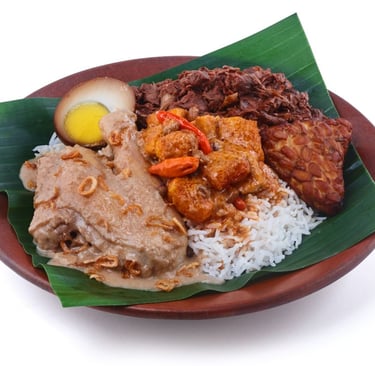
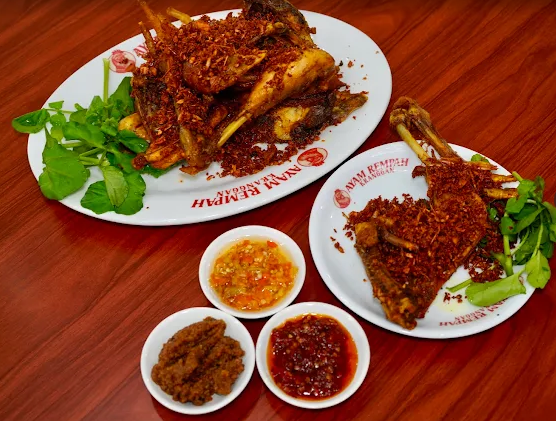

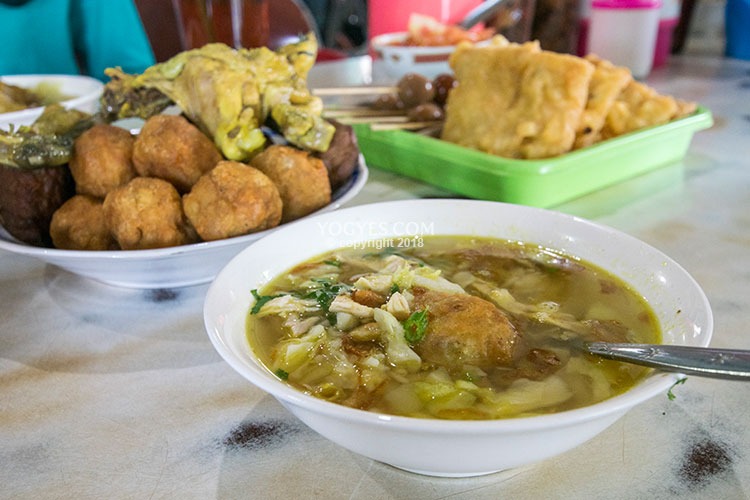


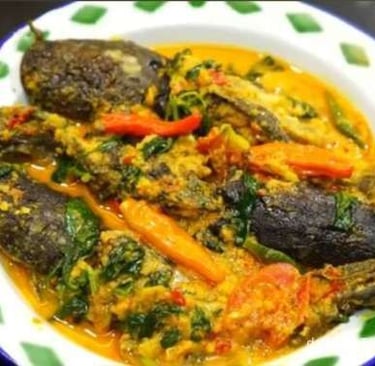
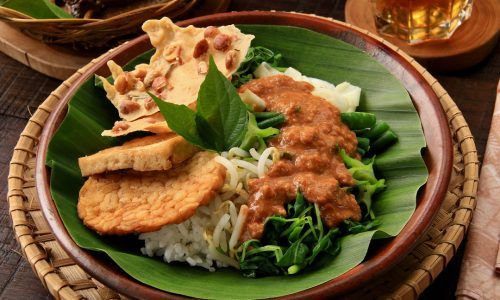

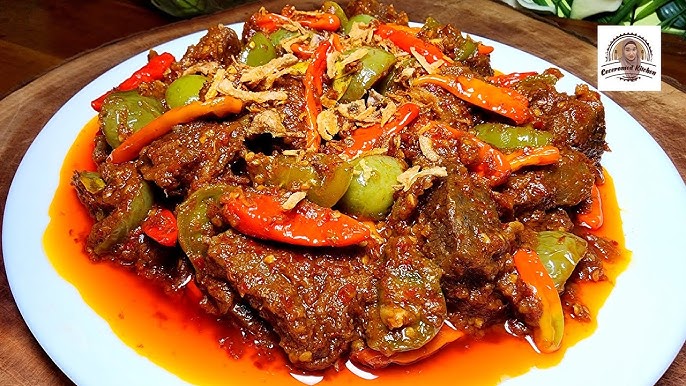

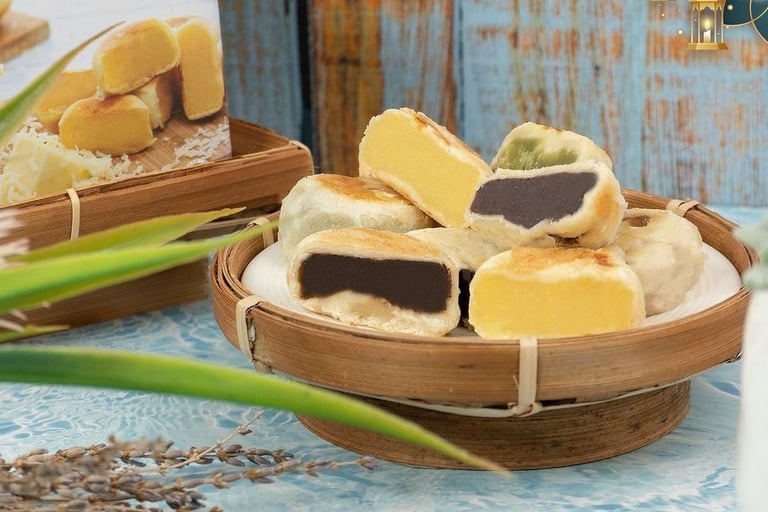

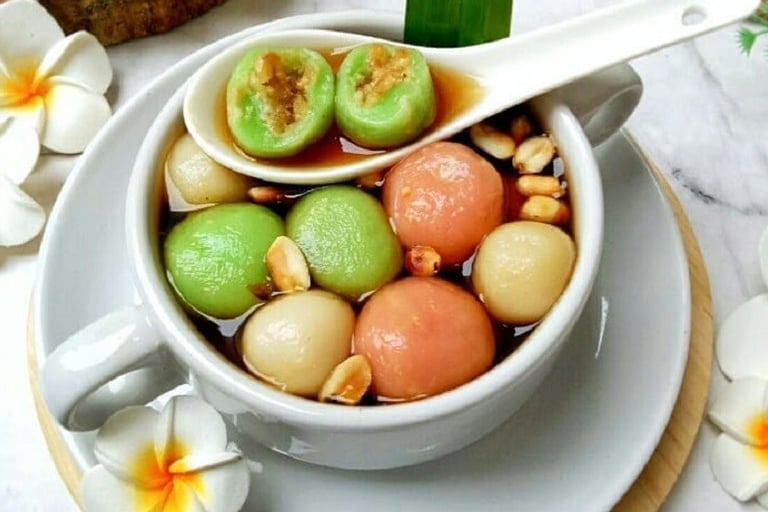



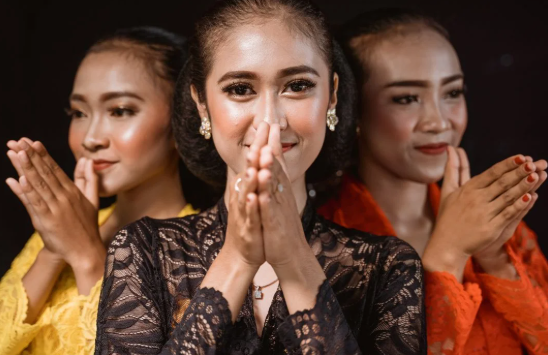

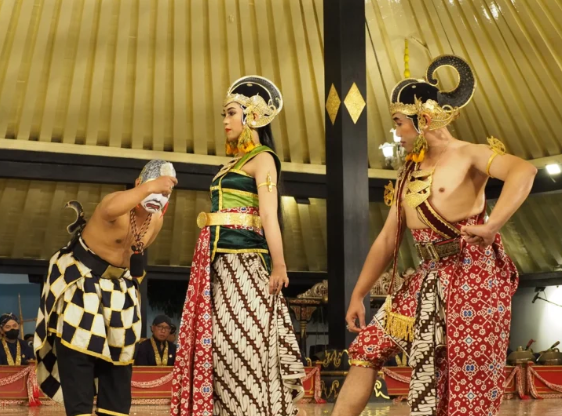

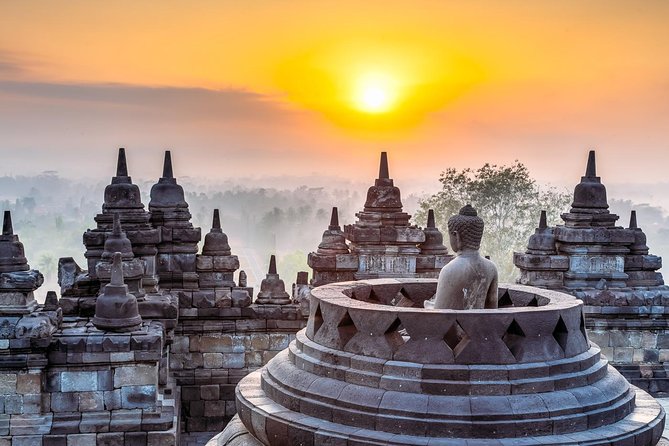

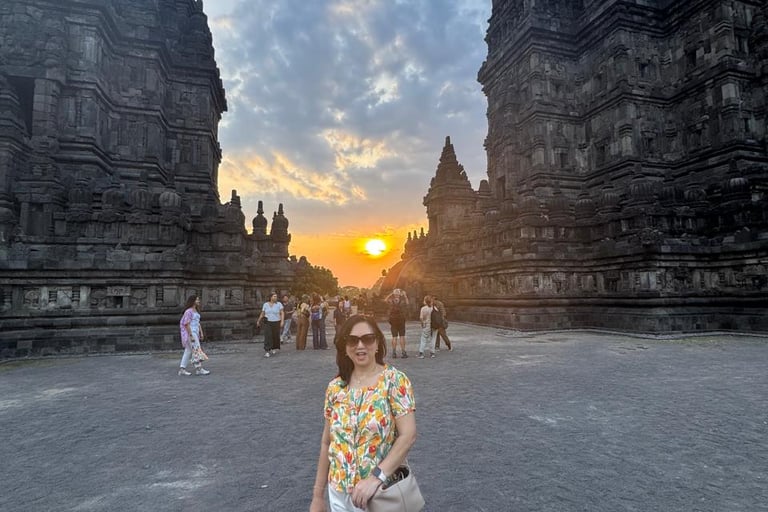



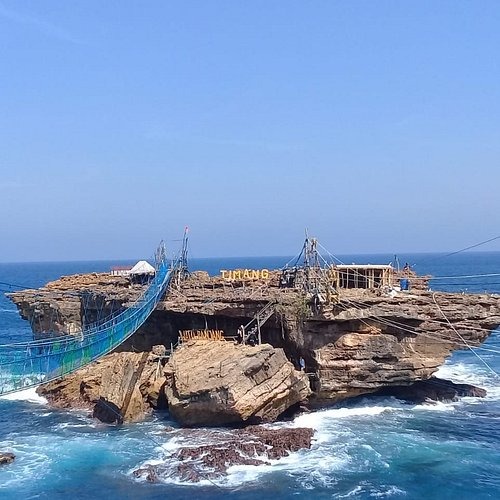

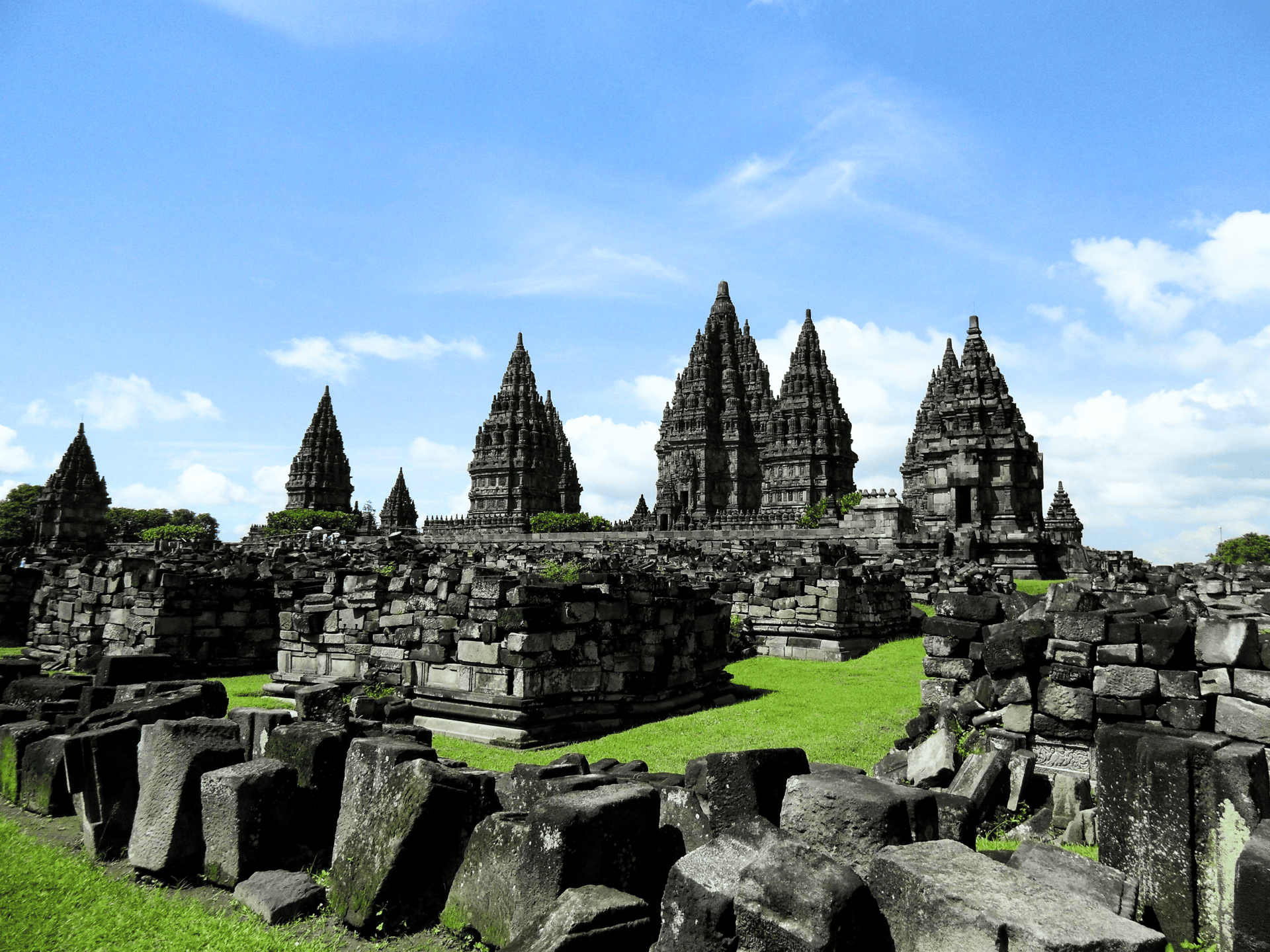
Kontak
Layanan
Smart AC, 100 mbps Super Fast Wifi, Key Cards System, 24h Security, Cafe, CCTV, Samsung 32" Smart HDTV, Hot Shower, Laundry, Car Rental & Tour.
Bahasa Inggris, Bahasa Indonesia, Bahasa Jepang, Bahasa Perancis
© 2024. All rights reserved.
